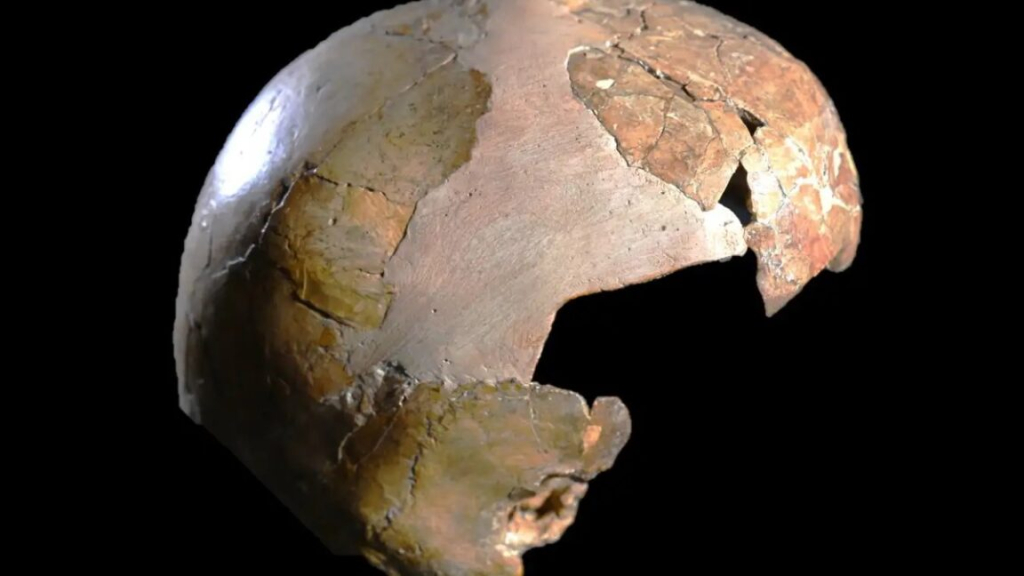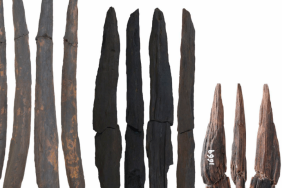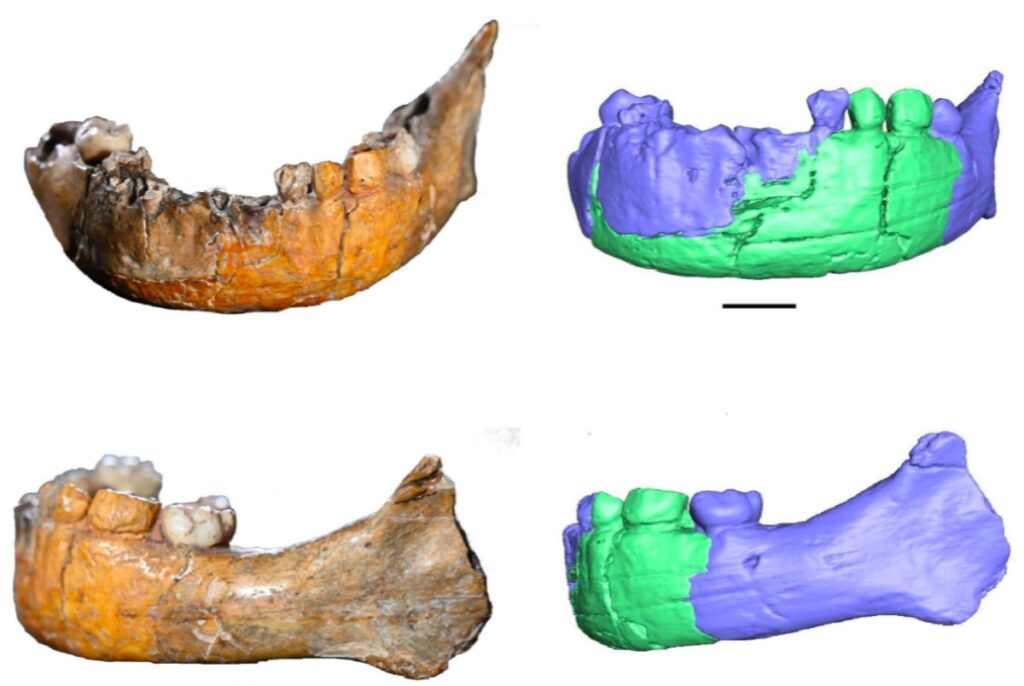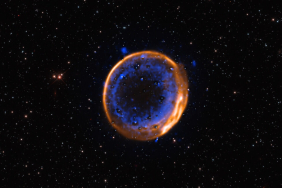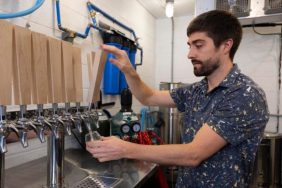Researchers have made significant advancements in the study of a prehistoric skull, known as the Skhul child, which had its mandible separated from the skeleton. Due to its incomplete state, both the mandible and the neurocranium underwent reconstruction and were consolidated using plaster. To verify the integrity of previous reconstructions, the team utilized CT scanning technology. This allowed them to ensure that no crucial elements influencing taxonomic classification had been concealed. In addition, the team scanned three skulls from the Homo neanderthalensis collection at the Musée de l’Homme in Paris, comparing those characteristics with those of the Skhul Cave skull and mandible.
The analysis revealed that the parietal and temporal bones of the neurocranium, along with the configuration of the bony labyrinth, aligned with features typical of Homo sapiens. In contrast, the shape and positioning of the foramen magnum suggested possible Neanderthal ancestry. Additionally, the mandible possessed characteristics distinctly associated with Neanderthals, leading researchers to categorize the individual as a hybrid of the two species.
Anne Dambricourt Malassé, a co-author from the Institute of Human Paleontology in Paris, reflected on her previous doubts regarding the viability of such hybrids. The team’s findings indicate that hybridization is plausible, even though the child in this case did not survive to adulthood. This research may encourage a reevaluation of the long-held belief that Skuhl Cave served solely as a burial site for Homo sapiens.
John Hawks, from the University of Wisconsin-Madison and not involved in the study, remarked, “This study provides a scientific foundation for understanding the Skhul child’s remains. Previous reconstructions, encased in plaster, limited comparisons with a wider range of recent human remains. However, it is important to note that without DNA extraction and analysis, definitive conclusions cannot be drawn. Human populations show considerable variability in appearance and physical characteristics, even independent of historical interbreeding with ancient groups such as Neanderthals.”
L’Anthropologie, 2025. DOI: 10.1016/j.anthro.2025.103385 (About DOIs).

